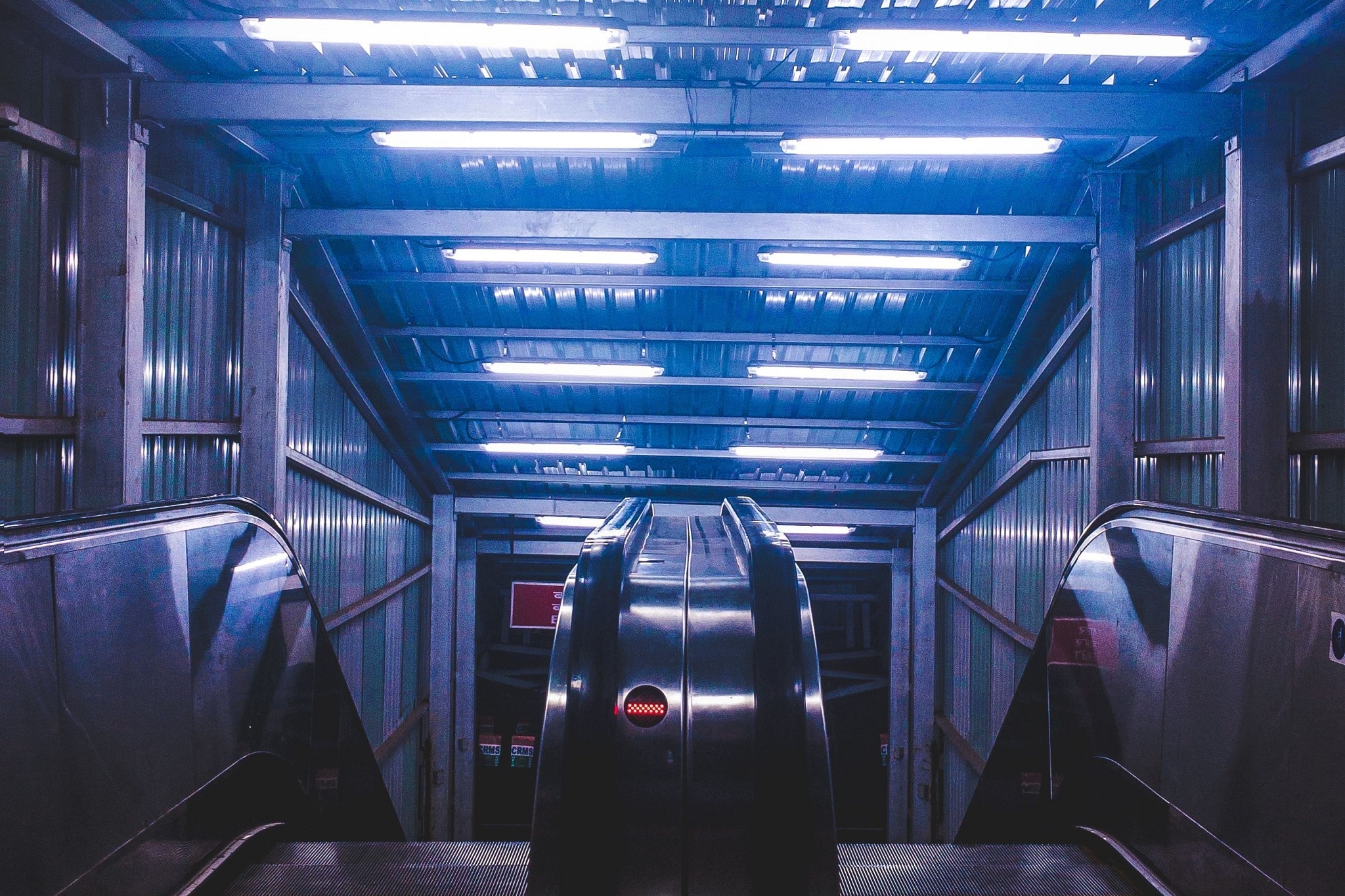Economy
Why Reforms Are Needed: You Cannot Create A First-World State With A Third-World Tax Base
- The issue that India faces is significant as the country has a fairly narrow set of people that share a disproportionate burden of public expenditure.
- This needs to change if we wish to entertain first-world aspirations.

Representative image (Unsplash)
During the early days of the pandemic induced lockdown, oil prices had crashed to record low (and unbelievable) levels.
This was a direct consequence of reduced demand for oil even as supply broadly remained the same.
Consequently, there was scope for the government to raise tax revenues by imposing higher excise by the central government and states could use a higher VAT.
The argument was that despite an increase in taxes, the net retail consumer price could be kept lower than what it was before the pandemic so there wouldn’t be an increase in prices but an increase in revenue mobilization at a time when government would witness a substantial reduction in direct tax and GST revenues.
In an earlier article with V. Anantha Nageswaran, where we outlined justification for the same, it is important to note that the government has cash accounting, and thus, it needs cash to continue with its expenditure.
The pandemic meant a large reduction in tax collections even as the government has to increase its expenditures – thus, low international oil prices made an attractive option for governments.
However, fast forward a few months, and my views on the subject have slightly changed since then.
This change has occurred as international oil prices are picking up, yet there seems to be a reluctance on part of governments to reduce the tax hikes on petroleum products.
Of course, there are environmental reasons for taxing petrol and diesel at higher prices – and I do believe that they must be taxed at high rates.
The concern, however, is on the extent of dependence on a very narrow set of goods to raise revenue for our governments – whether state or central.
The issue that India faces is significant as the country has a fairly narrow set of people that share a disproportionate burden of public expenditure.
That this narrow set has not grown as fast as one would have liked pertains to the fact that India still looks at the primary sector as a predominant source of employment.
Thus, most people are engaged in agriculture or allied activities and agricultural income is exempt from direct taxes.
Besides, the value of surplus for a bulk of those engaged in agricultural activity – particularly small and marginal farmers is too small for them to be even considered in the tax net.
Thus, there is a constraint in terms of increasing the tax net unless we are able to shift people away from agriculture towards more productive employment either in secondary or tertiary sector.
This is precisely why we need to seriously revisit the conversation around land, labour and agricultural reforms – more so as two of these reforms have witnessed significant resistance over the last couple of years.
That these reforms are essential for the country is well regarded – they will improve provide rapid employment, result in productivity gains, higher growth rate, more prosperity etc.
But here’s an extension of the argument – these reforms will also result in a significant expansion of the tax base which is critical given our public expenditure profile.
In a discussion with Rahul Bajoria earlier this week, it was pointed out that nearly 65-70 per cent of the central budget is committed expenditures which cannot be altered.
Thus, the expenditure profile is such that it faces a constraint on how much it can spend on infrastructure and capital development.
To spend more it needs to either borrow more or raise more revenues. This is where sin-products like petrol, alcohol etc come into the picture as they are often convenient for revenue mobilization purposes.
The concern, at the moment, is that we may have hit the point where taxing these products may have adverse effects – the famous laffer curve argument can be modified here – that is, an increase in tax rates may benefit up till a point beyond which the benefit from additional revenue mobilised is far lesser than the adverse effect generated by the same.
Therefore, going forward, state governments and the central government will have to recognise the limitation on the convenient option of raising revenues through a handful of items as they are required to figure out alternative ways to raise revenues.
Reforms such as agricultural reforms or land reforms would have thus been one of the critical pieces of legislation that would have helped create a new class of middle-class citizens thereby broadening the tax-base further.
There is no choice here as economic forces will invariably force governments, whether central or state to do the needful, sooner rather than later.
Here’s hoping that it happens sooner – rather than later.
Support Swarajya's 50 Ground Reports Project & Sponsor A Story
Every general election Swarajya does a 50 ground reports project.
Aimed only at serious readers and those who appreciate the nuances of political undercurrents, the project provides a sense of India's electoral landscape. As you know, these reports are produced after considerable investment of travel, time and effort on the ground.
This time too we've kicked off the project in style and have covered over 30 constituencies already. If you're someone who appreciates such work and have enjoyed our coverage please consider sponsoring a ground report for just Rs 2999 to Rs 19,999 - it goes a long way in helping us produce more quality reportage.
You can also back this project by becoming a subscriber for as little as Rs 999 - so do click on this links and choose a plan that suits you and back us.
Click below to contribute.
Latest